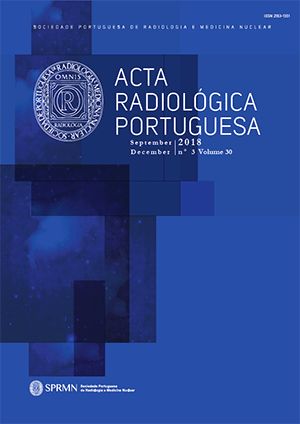Catheter tip migration of totally implantable venous access device to ipsilateral internal jugular vein
DOI:
https://doi.org/10.25748/arp.14099Abstract
Introduction: Totally implantable venous access devices (TIVAD) are crucial in the treatment of patients undergoing long-term chemotherapy.
Various complications have been documented, including catheter tip migration.
Case Description: A TIVAD was introduced to perform chemotherapy on a 64-year-old male with a diagnosis of sigmoid colon cancer.
17 months after the introduction of TIVAD, our patient had complaints of pain in the right cervical region, extending from the clavicle to the mandibular area, during a chemotherapy session. Chest X-ray was required to confirm the position of TIVAD, demonstrating catheter tip migration to the ipsilateral internal jugular vein. Increased intrathoracic pressure due to cough and vomiting remains a possible cause for catheter tip migration.
Conclusion: the correct position of TIVAD, meaning the tip of the catheter located 1-2 cm below the carina in chest X-ray, is crucial to prevent migration. Chest X-ray could be performed to detect migration. Measures to prevent increased intrathoracic pressure should be taken.
Downloads
Published
Issue
Section
License
CC BY-NC 4.0


